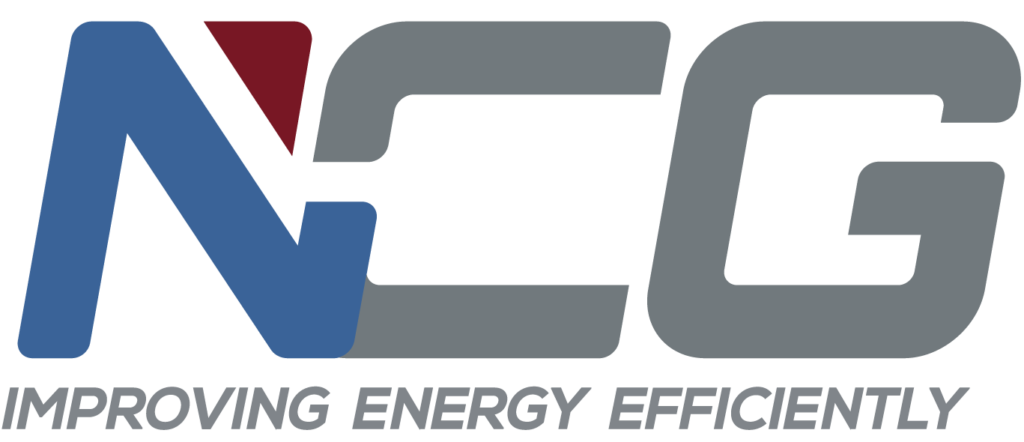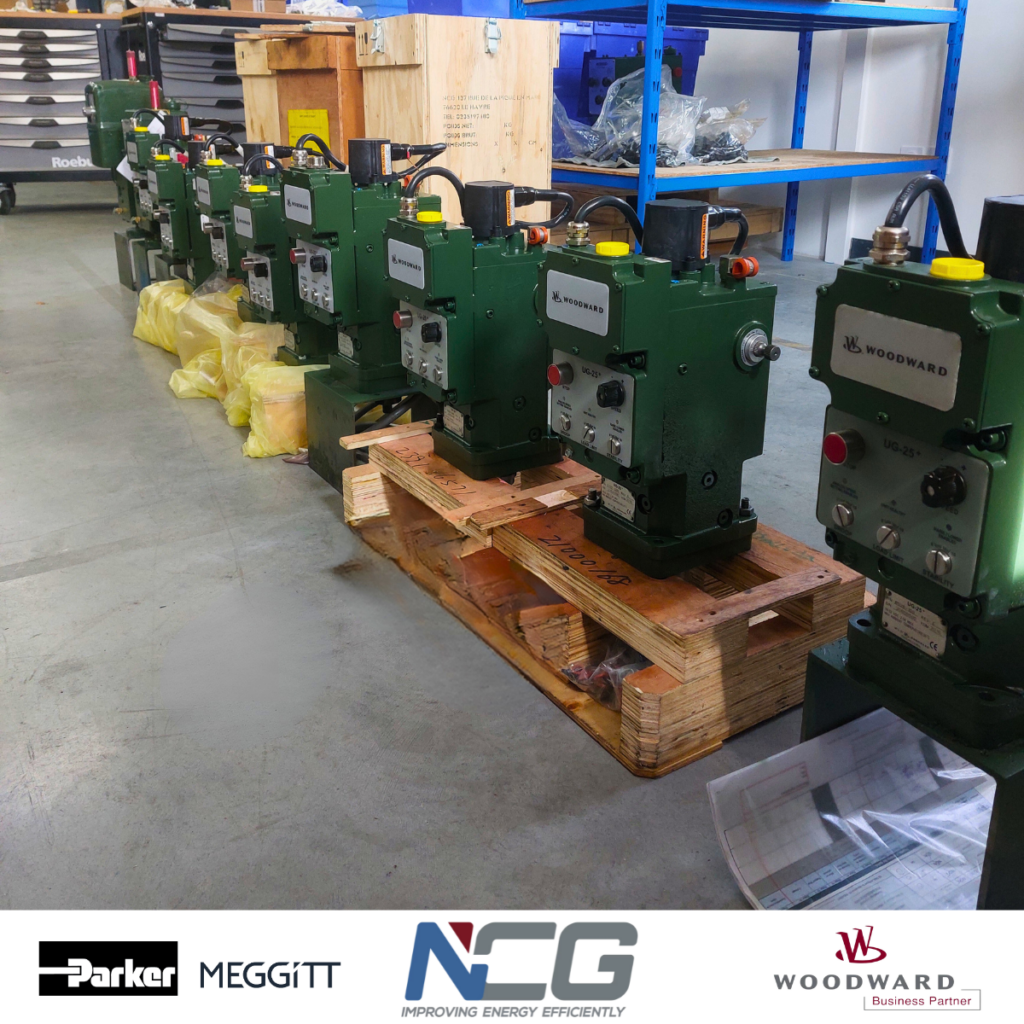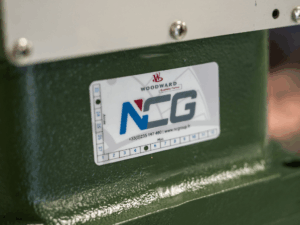The service life of a Woodward governor is a key issue for operators of industrial and energy equipment. These systems play an essential role in the speed control and stability of motors and turbines. Designed to operate in demanding environments, they are renowned for their robustness and reliability. Nevertheless, their longevity depends on a set of parameters that it is essential to understand in order to optimize their long-term performance.
In this article, we’ll look at the average service life of a Woodward controller, the factors that influence its ageing, and best practices for prolonging its good working order.
What is the average service life of a Woodward regulator?
The average service life of a Woodward regulator is between 10 and 20 years, depending on the model and its operating conditions. Mechanical controllers like the Woodward UG8 or UG8D are simple and robust in design, often capable of more than two decades of operation. Their longevity, however, depends on regular servicing and adherence to maintenance intervals.
Electronic models, such as the 2301A, 2301E, 505 or 723, are also built to last, but their reliance on electronic components makes them more sensitive to the environment. That said, with proper maintenance, they offer consistent performance over the long term.
At Normandy Control Group, we frequently deal with controllers that have been installed for several years and are still perfectly functional after overhaul. This confirms that the service life of a Woodward controller can be extended well beyond its theoretical period if good practice is followed.
What factors influence the service life of a Woodward regulator?
Several factors can shorten the life of a Woodward regulator. Here are the most important:
- Extreme temperatures: excessive heat accelerates component wear, particularly on electronic models.
- Mechanical vibration: poorly installed fasteners or unstable environments create mechanical stresses that can be damaging in the long term.
- Moisture or dust: poor sealing encourages oxidation and the deposition of harmful particles.
- Electrical surges: poor power supply or voltage peaks weaken internal components.
- Lack of preventive maintenance: controllers left unchecked for long periods are more prone to unforeseen failures.
A controlled environment, combined with regular monitoring, is the key to preserving the life of a Woodward regulator.
How extend the life of a Woodward regulator?
To get the most out of your equipment, there are several things you can do:
- Establish a preventive maintenance plan: annual overhauls, performance checks, cleaning and replacement of seals.
- Bench testing: an effective way of detecting wear invisible to the naked eye.
- Work with certified specialists: technical teams trained in Woodward equipment are able to accurately diagnose malfunctions.
- Store parts in the right conditions: avoid humidity, dust and excessive temperature variations.
- Watch for weak signals: an unusual slowdown or unstable response are often warning signs of a malfunction.
At Normandy Control Group, we offer comprehensive services to extend the life of a Woodward controller: overhaul, test bench, parts replacement, and training of technical teams.

When should you consider replacing or reconditioning your Woodward regulator?
A controller may remain operational for many years, but certain signs should alert you to the need for intervention:
- Irregular or slow response time
- Speed instability or uncontrolled variation
- Oil leakage on mechanical models
- Electronic alerts or system errors
- Visually damaged components
In many cases, reconditioning is all that’s needed to give the equipment a second life, at a much lower cost than a complete replacement. Reconditioning includes cleaning, replacement of critical parts, recalibration and real-life testing.
So, even if a controller is already 15 or 20 years old, it is often possible to extend its operational life by several years with a targeted intervention.
Conclusion: invest in the longevity of your controller
A Woodward regulator is not a disposable piece of equipment. It is designed to last and to withstand extreme conditions, provided it is properly monitored and maintained. By applying simple but rigorous measures, you can not only extend the life of a Woodward regulator, but also ensure the continuity and performance of your installation.
Why do call on Normandy Control Group/NCG ?
When you choose Normandy Control Group, you choose a partner you can trust for the maintenance and repair of your industrial equipment. As an official Woodward and Parker Meggitt (vibro-meter) distributor in France and French-speaking Africa, including Algeria, Tunisia and Morocco, we offer recognized expertise in the field. We also have two workshops in France, in Le Havre and Marseille, as well as Woodward workshops in Côte d’Ivoire and Senegal.




